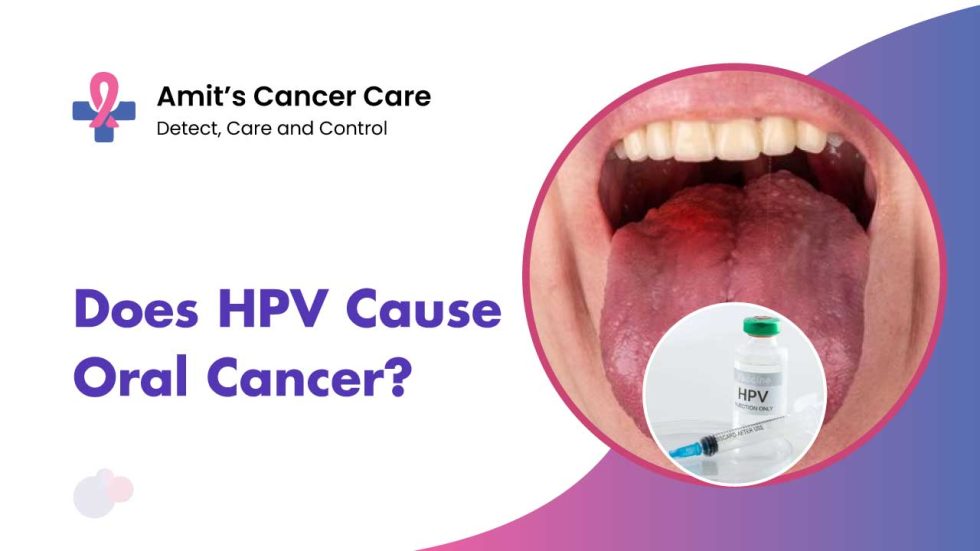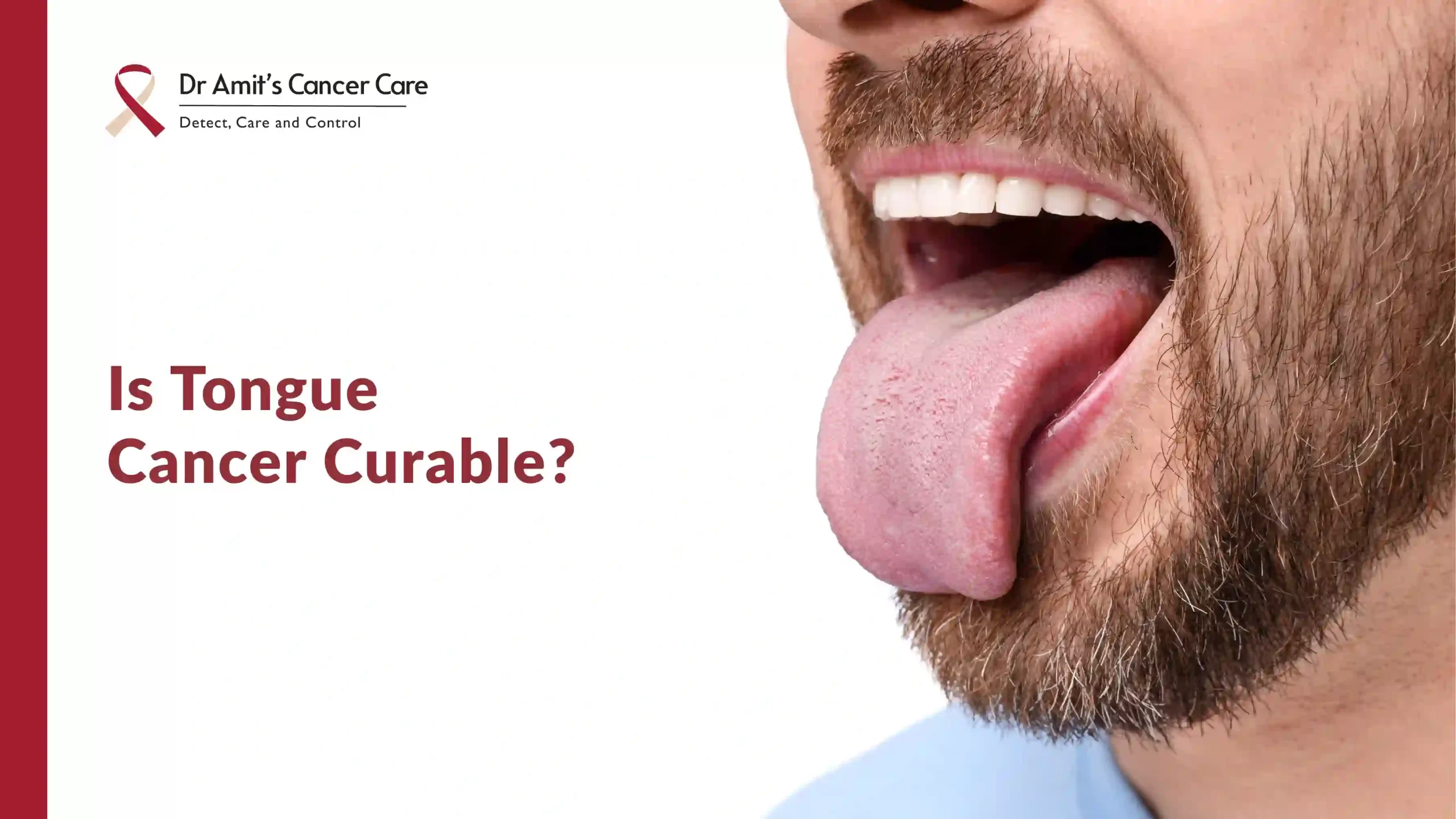For those of us who are living with a diagnosis of oral or lip cancer, it is important to know about all the different types of this condition and its associated symptoms.
As an oral oncologist, I often help patients understand the various forms of this disease that might affect them so they can make informed decisions about how to best manage their treatment.
In this blog post, we’ll explore the various types of lip and mouth cancer, including squamous cell carcinoma (SCC), verrucous carcinoma (VC), mucoepidermoid carcinoma (MEC), adenocarcinomas, and more. We’ll also go over common risk factors such as smoking, HPV exposure, and diet. By educating yourself on these topics, you’ll better equip yourself to speak with your physician regarding possible treatments available to you.
Anatomy of the Lips and Oral Cavity
The lips and oral cavity play a crucial role in our daily lives as they perform several essential functions. These structures are composed of numerous parts and tissues that work together to ensure optimal oral health.
The lips, comprising of the upper and lower lip, are muscular folds that surround the mouth opening and actively assist in speech, eating, and drinking. They are composed of several muscle fibers, blood vessels, and nerve endings that provide them with their full range of motion and sensitivity.
Additionally, the lips are responsible for initiating the digestive process by moistening food and enhancing its flavor.
The oral cavity consists of several components. The cheeks form the lining of the oral cavity and function to prevent food from leaving the mouth until it is swallowed. The tongue is another important component that helps in receiving and positioning food, as well as aiding in producing sounds.
Salivary glands play a crucial role in maintaining oral hygiene by producing saliva that moistens the mouth and aids in the digestion process.
It is essential to maintain good oral health as the lips and oral cavity serve as a gateway to the rest of the body. Neglecting oral hygiene can lead to various dental and oral health issues such as cavities, gum disease, and other oral cancers.
Read also:
1. Never ignore these early symptoms of oral cancer
What Puts You At The Risk Of Lip & Oral Cancer?
Lip and oral cancer can arise from a variety of environmental and lifestyle factors, as well as genetic predispositions. The most common risk factors for developing any type of mouth related cancers include tobacco and alcohol use, human papillomavirus (HPV) infection, sun exposure, and a family history of oral cancer.
Tobacco and alcohol use are the most significant risk factors for developing lip and oral cancer, and their combined effects can increase the risk substantially. Smoking tobacco, such as cigarettes, cigars or pipes, can introduce harmful carcinogens that damage DNA in cells lining the mouth and throat, leading to cancerous growths.
Also read, What is the common age for lip cancer?
Similarly, heavy alcohol consumption can irritate the cells lining the mouth, making them more susceptible to genetic damage and cancerous growths.
HPV infection, particularly HPV-16 and HPV-18, is a common risk factor for developing certain types of lip and oral cancer. HPV can be transmitted through oral sex, and it has been linked to the development of oropharyngeal cancers, including those in the tonsils and back of the tongue.
Sun exposure is another risk factor associated with lip cancer, particularly for individuals who work outdoors or engage in excessive sun tanning. Prolonged exposure to ultraviolet radiation can damage the skin cells of the lips, leading to the development of lip cancer.
Finally, a family history of oral or lip cancerf may indicate a genetic predisposition to the disease. Mutations in specific genes, such as the TP53 gene, can increase the risk of developing oral cancer.
Additionally, individuals with certain diseases that weaken the immune system, such as HIV or AIDS, may be more prone to developing oral cancer as well.
It is important to note that while these factors increase the risk of developing lip and oral cancer, not all individuals with these risk factors will develop cancer.
Also Read,
1. Oral Cancer Screening: Best Way To Prevent Cancer
How To Spot Oral Cancer Signs & Symptoms?
Lip and oral cancer can present with a variety of signs and symptoms, which can sometimes be mistaken for less serious conditions. Early detection of the disease is crucial, as it increases the chances of successful treatment and recovery.
One of the most common signs of lip and oral cancer is the presence of oral ulcers or sores that do not heal over an extended period, usually lasting for more than two weeks. These ulcers may be painless or painful and may be red, white, or mixed in color.
Persistent mouth sores that do not go away after a couple of weeks should be evaluated by a medical professional.
Unexplained bleeding in the mouth or difficulty with swallowing or speaking is also cause for concern, as it may indicate the presence of cancerous or precancerous growths.
Individuals who have difficulty enunciating or speaking, or who experience changes in their voice, may have tumors or growths in the oral cavity, which can impede the movement of the tongue or alter the vocal cords’ functionality.
Additionally, individuals who have difficulty moving their jaw or experiencing persistent ear pain should also be evaluated. Other symptoms may include chronic bad breath, unexplained weight loss, and persistent sore throat.
It is crucial to monitor any changes in the oral cavity and seek medical attention immediately if any of the above symptoms are present. Early detection and treatment can significantly improve the outcome of the disease.
Regular dental checkups and oral cancer screenings can help detect early signs of the disease, especially for individuals with risk factors or a family history of oral or lip cancer.
Key Types of Lip Cancer
There are different types of lip cancer, each with its own set of characteristics, potential locations, prevalence, and associated risk factors. Some of the most common types of lip cancer include squamous cell carcinoma (SCC), basal cell carcinoma (BCC), and melanoma.
Squamous cell carcinoma (SCC)
Is the most common type of lip cancer, accounting for nearly 90% of all cases. SCC affects the outer layer of the skin and can occur on any part of the lip, including the vermilion border, the skin between the lip and nose, and the skin between the lip and chin.
The primary cause of SCC is high exposure to ultraviolet (UV) rays from the sun or tanning beds, which can cause damage to the DNA in skin cells, leading to cancerous growth. Other risk factors for SCC include tobacco and alcohol use, a weakened immune system, and a family history of skin cancer.
Basal cell carcinoma (BCC)
Is another type of lip cancer, but it is less common than SCC. BCC typically develops in the lower lip and can be caused by chronic sun exposure, UV tanning beds, radiation, and exposure to industrial chemicals such as arsenic or tar. BCC may appear as a raised, red, or flesh-toned bump on the lip, or it may look like a sore that doesn’t heal.
Melanoma
Is a type of skin cancer that can develop on the lips. Melanoma is the rarest type of lip cancer, accounting for less than 5% of all cases. Melanoma is typically caused by intense and prolonged exposure to UV radiation, such as from the sun or tanning beds.
Melanoma may appear on any part of the lip and can appear as a dark lesion or spot on the lips. Individuals with a history of melanoma, a family history of the disease, or a large number of moles or freckles are at a higher risk of developing melanoma.
Understanding the different types of lip cancer and their associated risk factors and symptoms can help you detect any changes in your lips or mouth early on and seek prompt medical attention.
Types of Oral Cancer
In addition to lip cancer, there are several types of oral cancer that individuals should be aware of, including squamous cell carcinoma, verrucous carcinoma, adenocarcinoma, and mucoepidermoid carcinoma.
Squamous cell carcinoma (SCC)
Is the most common type of oral cancer, accounting for approximately 90% of all cases. SCC occurs when squamous cells, which are present in the lining of the oral cavity, become cancerous.
The most common sites for SCC to occur include the tongue, cheeks, and floor of the mouth. Risk factors for SCC include tobacco and alcohol use, HPV infection, sun exposure, poor oral hygiene, and a weakened immune system.
Verrucous carcinoma
Is a rare type of oral cancer that accounts for less than 5% of all cases. This type of cancer usually occurs in the oral cavity and is characterized by a warty, cauliflower-like appearance.
While verrucous carcinoma is less aggressive than SCC, it can still cause significant damage to the surrounding tissue if left untreated. Risk factors for verrucous carcinoma include tobacco use and poor oral hygiene.
Adenocarcinoma is a type of cancer that starts in the salivary glands of the mouth and throat. This rare type of cancer accounts for less than 1% of all oral cancers. Adenocarcinoma can occur in any of the salivary glands, including the sublingual, submandibular, and parotid glands. While the exact cause of this cancer is unknown, risk factors include being over 40 years of age and having a family history of salivary gland cancer.
Mucoepidermoid carcinoma is a type of cancer that occurs in the salivary glands of the oral cavity. This type of cancer is characterized by the presence of both mucus-secreting and squamous cells. Mucoepidermoid carcinoma accounts for approximately 20% of all salivary gland tumors. The most common sites for this cancer to occur include the parotid and submandibular glands. Risk factors for mucoepidermoid carcinoma include exposure to radiation and previous treatments for head and neck cancer.
Understanding the various types of oral cancer, their prevalence, and associated risk factors is vital for individuals to detect any changes in their oral cavity early on and seek prompt medical attention.
How To Detect & Diagnose Mouth Cancers?
Diagnosing lip and oral cancer typically involves a combination of physical examination, biopsies, imaging tests, and laboratory tests. During a physical examination, the physician will thoroughly examine the lips and oral cavity for any signs of abnormal growths, sores, or other concerning symptoms.
If any suspicious lesions or growths are detected, a biopsy may be performed to collect tissue samples for further examination under a microscope.
Imaging tests such as X-rays, CT scans, or MRI scans may also be ordered to get a better view of the extent and location of the cancerous growth in the oral cavity and surrounding tissues.
Laboratory tests such as blood tests and genetic testing may be recommended in certain cases to assess the overall health of the individual and to determine whether any genetic mutations are present.
Staging is the process of determining the extent and spread of the cancerous growth. The staging system for lip and oral cancer typically includes the TNM (tumor, nodes, metastasis) system, which categorizes cancer based on the size of the tumor, the involvement of nearby lymph nodes, and the presence of distant metastasis.
The stages range from stage 0 to stage IV, with stage 0 being the earliest stage, and stage IV being the most advanced and potentially life-threatening.
What Are The Treatment Options?
There are several treatment options available for lip and oral cancer, which may include surgery, radiation therapy, chemotherapy, targeted therapy, and immunotherapy. The goal of treatment is to remove the cancerous growth while minimizing damage to healthy cells and tissues.
Surgery is typically the first-line treatment for early-stage lip and oral cancer. The surgical procedure may involve removing part or all of the affected lip or oral cavity, depending on the size and location of the cancerous growth. The surgeon may also remove nearby lymph nodes to prevent the cancer from spreading.
Radiation therapy uses high-energy radiation beams to kill cancer cells and shrink tumors. Radiation therapy may be used alone or in combination with surgery, depending on the stage and location of the cancer.
Chemotherapy involves using powerful drugs to kill cancer cells throughout the body. This treatment may be used in combination with surgery or radiation therapy, or it may be the primary treatment for advanced-stage cancer.
Targeted therapy uses drugs that target specific proteins or molecules within cancer cells, thereby preventing their growth and spread. Immunotherapy works by boosting the body’s immune system to attack and destroy cancer cells. These newer types of treatments are still being researched and studied, and their effectiveness may vary depending on the individual case.
Factors that influence treatment decisions include the stage and location of the cancer, overall health and medical history, and patient preferences. Treatment plans are highly individualized and may be adjusted according to the response to treatment and other factors that arise during the course of treatment.
Also Read: Cost of oral cancer treatment in Mumbai
In conclusion, understanding the various types of lip and oral cancer, their associated risk factors, symptoms, diagnosis, and treatment options is crucial for individuals to maintain good oral health and detect any changes early on.
Regular dental checkups and oral cancer screenings can help detect signs of the disease, especially for individuals with risk factors or a family history of oral cancer. Early detection and treatment can significantly improve the outcome of the disease.
Prognosis and Survival Rates
The prognosis and survival rates for lip and oral cancer depend on several factors, including the stage at diagnosis, the type and location of the cancer, the patient’s age and overall health, and the response to treatment.
The overall five-year relative survival rate for oral and pharyngeal cancer is around 60%, with a higher survival rate for earlier-stage cancers. For example, the five-year survival rate for stage 1 oral cancer is around 84%, while the five-year survival rate for stage 4 oral cancer is around 39%.
Factors that may affect the prognosis include the size and location of the tumor, the involvement of nearby lymph nodes, and the response to treatment.
Patients who are diagnosed at earlier stages and respond well to treatment have a better chance of long-term survival. Additionally, patients who do not have risk factors or who make lifestyle changes may experience a better outcome than those who continue with risky habits.
Prevention and Early Detection
Preventing lip and oral cancer involves reducing or eliminating risk factors, including tobacco and alcohol use, sun exposure, and unhealthy diet choices. Patients can also adopt a healthy lifestyle by practicing good oral hygiene, eating a balanced diet rich in fruits and vegetables, and avoiding excessive sun exposure. Regular dental check-ups and oral examinations can help detect any abnormalities early on, especially for those at an increased risk.
Self-examinations can also be done at home to detect any changes or abnormalities in the lips and oral cavity. Patients should look for any lumps, bumps, sores, or discolorations that do not heal within two weeks. Patients should seek prompt medical attention if they notice any changes or have any concerns.
In conclusion, Overall, lip and oral cancer are serious conditions that require early detection and prompt treatment. Understanding the various types, risk factors, symptoms, and treatment options can help patients make informed decisions about their health and seek appropriate care.
By adopting a healthy lifestyle and undergoing regular oral examinations and screenings, patients can reduce their risk of developing this condition or detect it early when it is more easily treatable. Early detection and prompt treatment can significantly improve the outlook for patients with lip and oral cancer.






